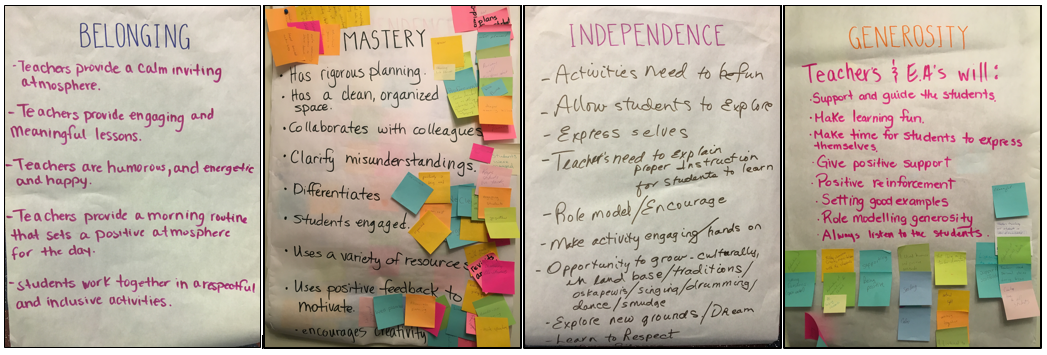
I have had the great honor of teaching refugees and survivors of torture. The classes were jubilant and full of life. We laughed, we learned and we thrived, but sometimes, without warning, that would stop. Sometimes a simple word, photo or topic would trigger the class.
I realized that I was not trained for this, so I started to research this topic. To my dismay, the materials on the market seemed to only recognize childhood trauma and nothing would fully address the needs of my students. This is why I took myself back to school.
After work every day I would log on and read about trauma, I would take short courses in Psychology, just a brief look, and I would devour all I could in understanding how trauma can manifest itself in a student.
I discovered that many trigger points for trauma were present in class, I learned that behavior that might seem disrespectful was the manifestation of trauma and I learned many ways to deal with the behavior while ensuring the well being of the student.
Trauma can show itself in many ways. In a classroom, it can be chronic tardiness, irritability among other things. I learned that trauma response falls into three categories: Fight, Flight and freeze.
Working closely with a longterm friend and colleague of mine, we put together a practical teacher training program to help other teachers become trauma-informed and we have set out on a path of writing materials for both student and teacher.
As the world changes, it is essential for us to change with it. We can no longer assume that a one size fits all approach to teaching works. Education must lead the change and must recognize that trauma can prevent learning. It is my belief that creating a safe learning space for students is the key to productivity and empathy.

